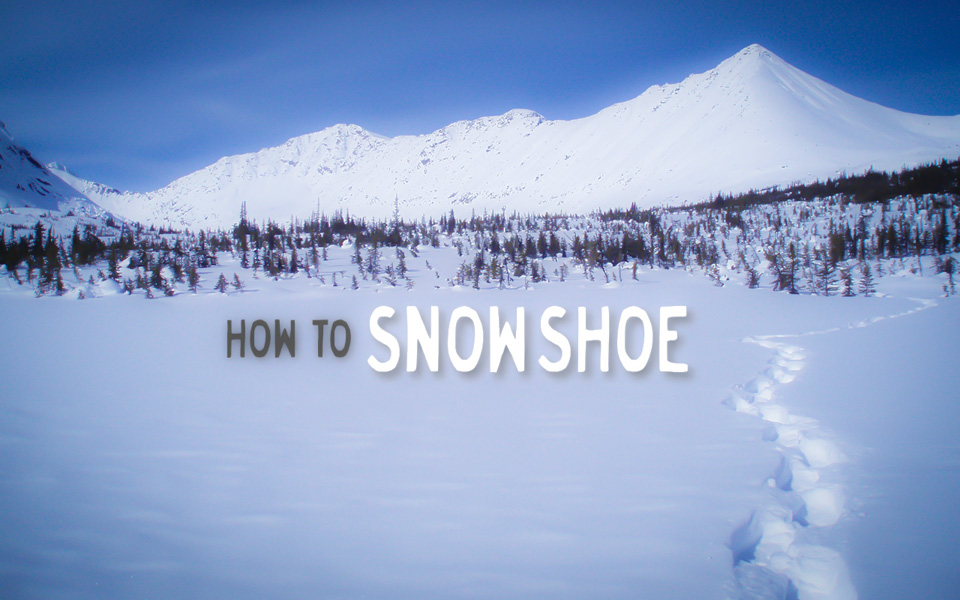
Snowshoeing is a great way to enjoy trails in the winter snow, and it’s actually really easy. You won’t need a class to learn how to snowshoe, but there are a few basic tips that will make your first snowshoeing steps easier and more enjoyable.
What do you need to get started snowshoeing?
First, you’ll need comfortable winter clothes. The same kind of gear that you would use for cold-weather hiking, with layers will work. You’ll also need comfortable hiking boots (ideally waterproof) and of course, the Ten Essentials. You’ll want some decent trekking poles, and this is your chance to finally put on those snow baskets that they came with. A nice extra is a pair of waterproof gaiters to keep the snow out of your boots.

For snowshoes, I recommend renting them initially. This will save money and give you a chance to try the sport before you outfit the entire family. In Southern California you can rent snowshoes at many outdoor retailers including A16 and some REI stores. Areas that cater to winter sports also rent snowshoes, usually for around $20 for the day. It’s a good idea to practice strapping the snowshoes on before you leave the rental store so there’s no confusion when you get to the snow. Speaking of which…
Next, you’ll need snow. Generally, snowshoes come in handy when there is more than 12-15 inches of snow. Check snow conditions before you go. Some places like Long Valley in San Jacinto State Park have webcams that let you check the snow conditions, but call ahead and speak with the local ranger for the latest conditions. Check the weather forecast, too. Snowshoeing in a snowstorm is a lot less fun and can be dangerous.
How to “Walk” in Snowshoes
When people ask, I usually say that snowshoeing is just like walking, but with a slightly wider stance. The wider stance will help you avoid stepping on your snowshoes, getting tangled up and doing a face-plant in the snow. But if you do fall (especially in deep snow) the best way to get back up is to take your pack off and at least one of the snowshoes.
As you snowshoe, take your time and use your trekking poles to counterbalance each step. The tricky part is turning. There is no pivoting in snowshoes, so when someone behind you calls you to look back, you’ll need to stop and take some careful, short steps to turn around. Turns require more caution to avoid tangling your snowshoes.
When going uphill and downhill the crampons on your snowshoes become essential. Step purposefully, giving the points a chance to dig in. If the conditions are icy, snowshoes are not the right gear for the job. In icy conditions you’ll need either micro-spikes (for flat or gently sloping terrain) or crampons, ice axe, helmet and winter mountaineering training for steep terrain.
That’s about it! Snowshoeing really is that easy.




Snowshoeing is slower than hiking and consumes more energy. Plan to travel about 1/3 to 1/2 as far as you would on a normal hike in dry conditions.
Snowshoeing can open the doors to a whole new world of outdoor adventure during the winter snow season. Have you given snowshoeing a try? Share your tips and feedback in the comments below!
This post includes affiliate links to products that I use myself. If you purchase using one of these links, it doesn’t cost you any more and you’ll be helping support SoCalHiker.
Title image photo credit: JP Jehan. All other photos: Jeff Hester